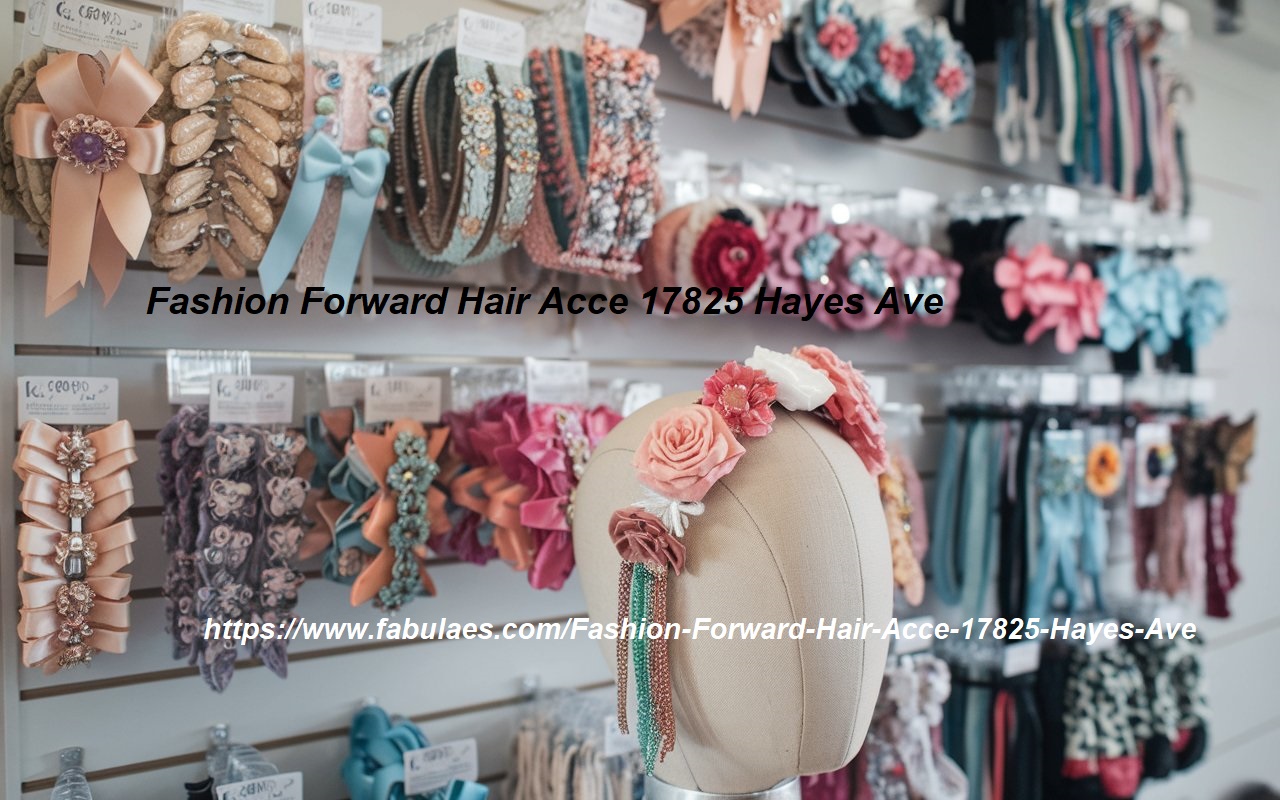Picking new glasses combines science and style. The right pair should improve your vision, highlight your features, and suit your daily routine—without breaking the bank. Here’s a practical guide to help you understand lenses, coatings, and glasses frames, plus what to keep in mind when shopping for the best online glasses for you.
Start With Your Prescription and Purpose
Start with a current prescription and a clear picture of how you’ll use your glasses—long days at the office, working outside, driving at night, playing video games, or doing sports. You have the right to get your prescription after your exam so you can look at options wherever you shop. This freedom is important because small changes in lens design, coatings, and measurements can make a big difference in how comfortable and clear your vision is.
Your pupillary distance (PD)—the gap between your pupils—helps to center lenses so you can see clearly. An accurate PD is useful for stronger prescriptions and multifocal lenses; having it written down in millimeters makes optical alignment better. If you don’t have it on record already, ask your eye doctor to measure it during your checkup.
Understand Glasses Frames: Shape Fit, and Measurements
Frame size has an impact on comfort, proportions, and even optical performance. Most frames show three numbers inside the temple, like 52-18-140. These stand for lens width, bridge width, and temple length, in that order measured in millimeters. Knowing your best-fitting measurements helps you to filter styles online and maintain a consistent fit across different shapes.
Picking a style is all about balance. Sharp angles can give structure to soft features, while round or oval shapes can soften sharp lines. Colors set the mood: see-through acetates feel fresh and up-to-date neutral tones go with most outfits, and darker shades make a bold statement. No matter the look, make sure the bridge fits well and the temples sit so the frame stays level without slipping or pinching. If you’re not sure, look for designs with adjustable pads or keyhole bridges to tweak the fit.
Pick Lens Materials That Suit Your Life
- Polycarbonate: Skinny featherlight, and tough as nails—perfect for kids, safety-focused jobs, and athletic activities.
- Trivex: Just as durable but often boasts sharper edge-to-edge vision and weighs a tad less; a solid everyday pick when you want clarity and protection rolled into one.
- High-Index Plastics (1.60+): Slimmer and lighter for stronger prescriptions; team up with an anti-glare coating because these materials bounce back more light.
Choose the Right Coatings and Tints
Coatings adjust how your lenses work in everyday situations. Anti-reflective layers cut down on surface reflections allowing more light to reach your eye. This enhances contrast and looks on high-index lenses. To make lenses last longer, a hard (scratch-resistant) layer helps them handle daily use, though no treatment makes them scratch-proof. Sunglasses or photochromic options should indicate UV protection that stops 99–100% of UVA/UVB (often called UV 400). Polarized sun lenses, while different from AR, can also reduce glare from roads, water, or snow to improve outdoor comfort.
Consider tints as job-specific tools. Gray that’s neutral helps you see colors when you’re driving or doing everyday stuff. Brown or amber tints can make things stand out more when the light changes. Inside, clear lenses with the right coatings cut down on glare from screens and during meetings. Outside, sunglasses that block UV rays and have polarization keep your eyes comfy without skimping on protection.
Blue Light: The Important Stuff and What You Can Ignore
Eye strain from digital devices is about how we use them, not just blue light. It’s caused by focusing on close objects for long periods and not blinking enough. The best way to fix this is still through simple habits: use the 20-20-20 rule (every 20 minutes look at something 20 feet away for 20 seconds), blink more, and set up your workspace with good lighting and comfortable seating. If you find a light blue tint on your screen helps, that’s fine, but it’s not a must-have.
Shopping Online Without Regrets
- Get Your Complete Prescription: Make sure you have the sphere, cylinder, axis, add (if needed), and PD. Ask for it right after your eye test so you can look at different options on your own.
- Understand Your Measurements: Check the size on your current glasses (like 52-18-140) to help you find a good fit when you’re looking at the top online glasses.
- Pick the Right Material for Your Needs: Choose polycarbonate or Trivex if you need impact-resistant lenses; go for high-index lenses if you have a strong prescription (and add AR coating).
- Review the Fine Print: Look at return periods, options for adjustments or remakes, and what the warranty covers.
- Mind Measurements: Make sure the frame width, bridge, and your PD match your face and prescription to avoid eye strain or distortion.
Style Tips That Never Date
Color and shape should work for your clothes and daily life. Neutral shades and classic tortoise patterns go well with most outfits, while see-through finishes look light and modern. If you want your frames to stand out, darker colors or bolder rims catch the eye; if you like a simple look frameless and thin-wire designs blend in and highlight your face.
The design and adjustability of the bridge can have a big impact on how comfortable glasses are. Keyhole bridges often fit well on noses that are narrower or have higher bridges. Adjustable pads help to customize the position for many different face shapes. It’s important to check the balance at the temples. Frames that rest and stay in place with gentle movement will feel more comfortable during long days at a desk or while moving around.
Quick Checklist Before You Click “Buy”
Before you buy, take a moment to double-check a few things. Make sure you have your up-to-date prescription and PD ready. Check that the frame measurements match a pair you already enjoy wearing. Pick a lens material that fits your needs—tough ones for active lifestyles thin ones for stronger prescriptions—and add an AR coating to cut down on reflections. If you’re getting sunglasses or light-adaptive lenses, look for “UV 400” or “99–100% UV protection” on the label. Think about getting polarized lenses if bright light often bothers you. Read through the return policy and warranty details to understand how to handle any adjustments or replacements if your new glasses frames need some fine-tuning.
Conclusion: Smart Picks for Better Vision
Getting the right glasses begins with knowing your prescription and why you need them. Once you grasp how frame sizes affect fit, which lens materials and coatings support your daily life, and what to check when shopping online, picking becomes easy. Use measurements as your guide and comfort as your goal.
With some homework, you can look at styles and specs—on the web or in shops—knowing what you want and end up with glasses frames that look good and feel natural. If you’re checking out the best online glasses, have your size and PD ready, pick two or three lens materials that work for you, and use this guide to double-check before you buy. The pair that’s right for you will make your vision clearer, match how you look, and take care of your eyes all day, every day.








